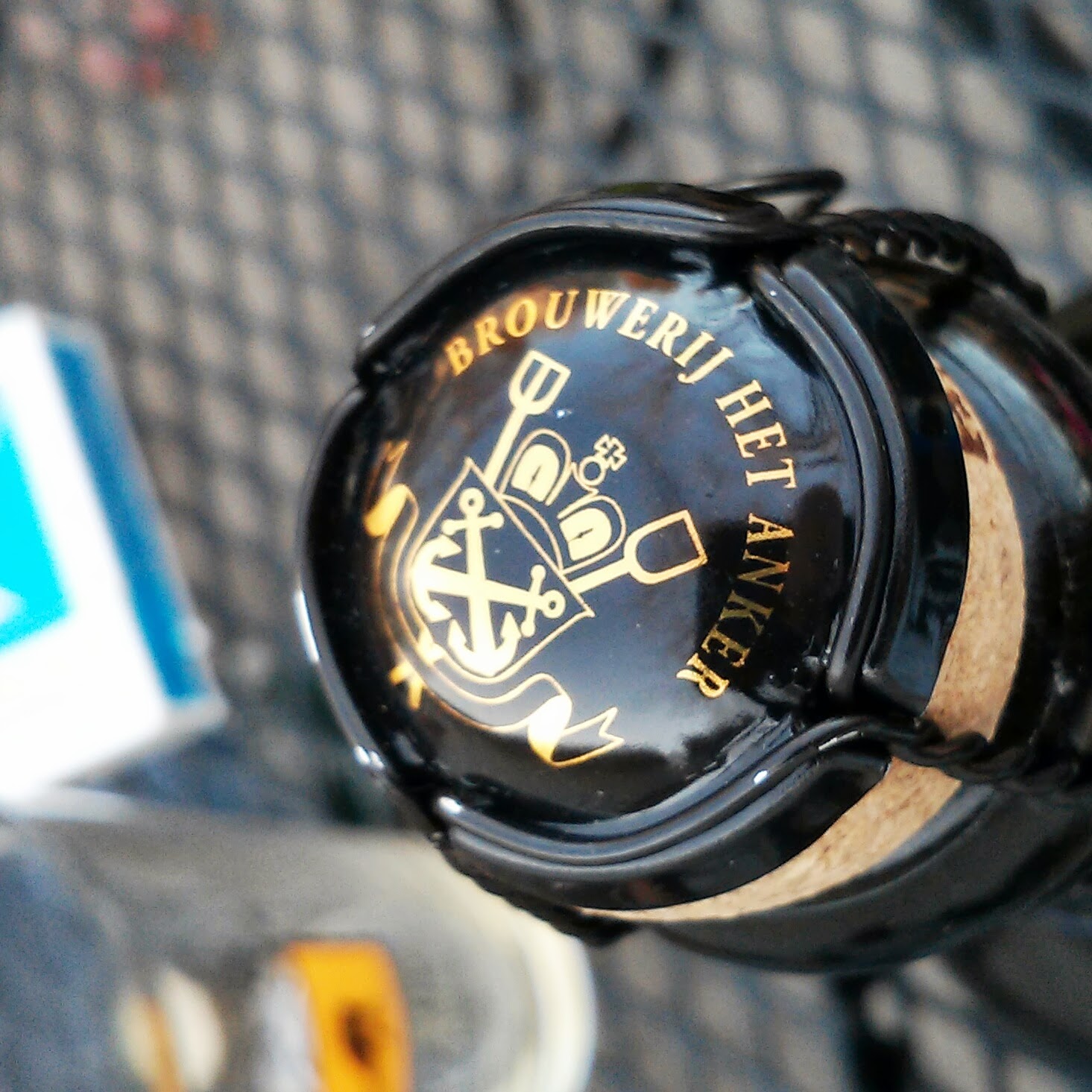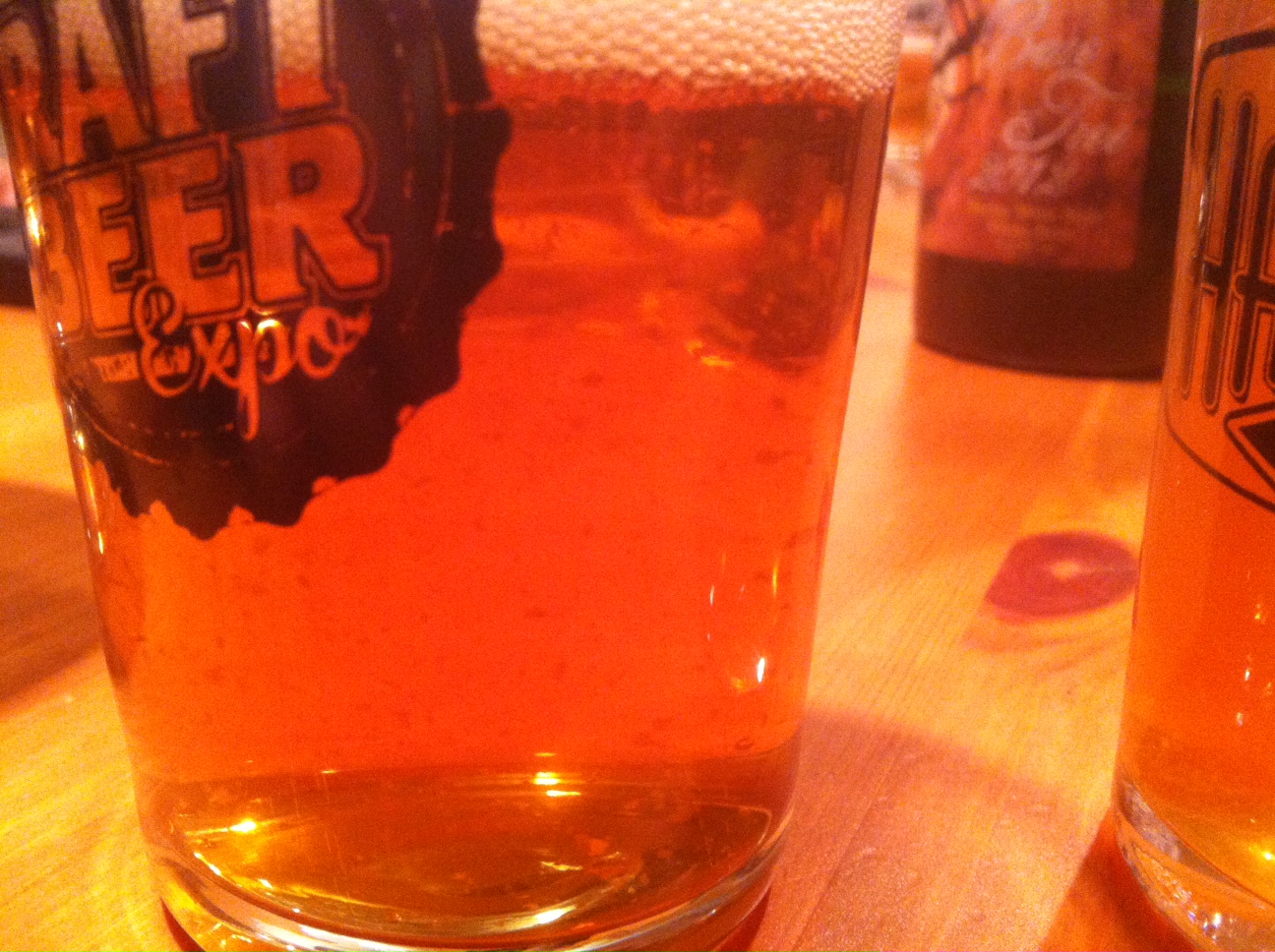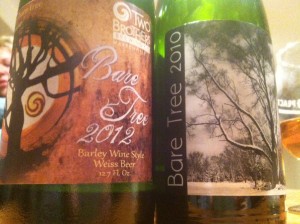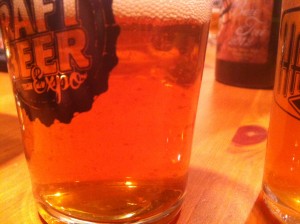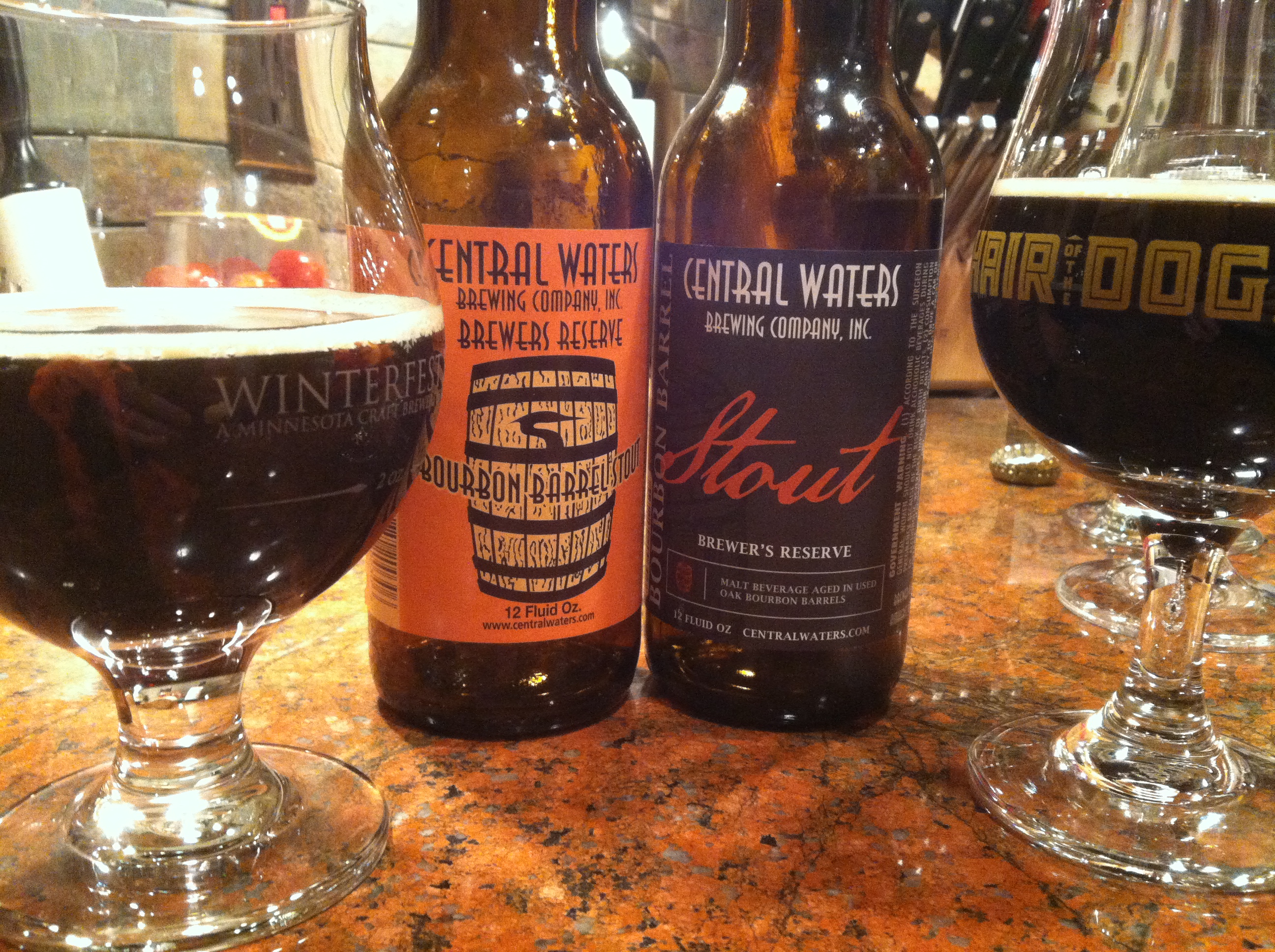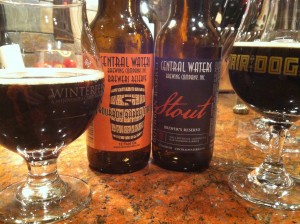Beer Reviewbicle: Thanksgiving Special
November 2013
Dan Belfry and Jon Buck
www.brewbicle.com
Well it is that time of year when leaves start to turn colors, the air gets cooler, ugly sweater party invites start to materialize, and also when the elusive Turduckin appears from the woods and ends up on your dining room table. To celebrate such a festive season without beer would be unheard of. We’d like to pull together a list of beers that we think will add to your family’s celebration, your enjoyment of your family, and the seasonal meal we hope you all share together.
Knowing that everyone has their own unique culinary traditions we have stuck to some very traditional and stereotypical offerings to make our suggestions. Hopefully you can use these as a starting point and apply as needed to fit in your own celebration of thanks. We’ve also tried to keep this list as local as possible, to show support of our awesome MN craft beer scene.
APPETIZERS:
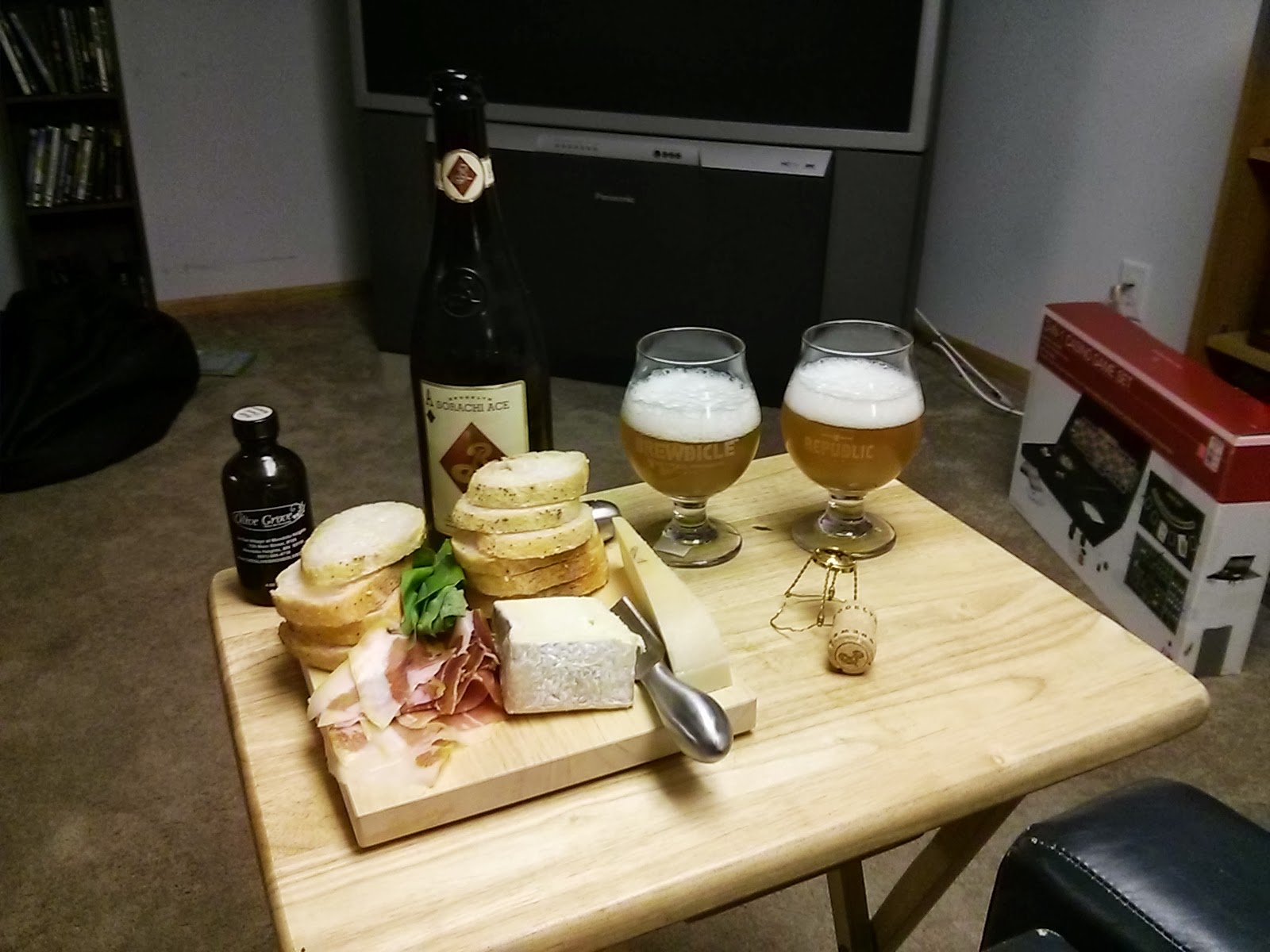 Can range from cheese and crackers, to meatballs, to egg rolls. This pairing, having such a wide degree of accompanying foods, we think would be best to pair according to flexibility and neutrality. We wanted to suggest some things that are, easy drinking, and have a well-rounded character that would go with any and all of the apps out on your table. Plus you’ve got a whole day of eating and drinking ahead of you at this point. Think marathon.
Can range from cheese and crackers, to meatballs, to egg rolls. This pairing, having such a wide degree of accompanying foods, we think would be best to pair according to flexibility and neutrality. We wanted to suggest some things that are, easy drinking, and have a well-rounded character that would go with any and all of the apps out on your table. Plus you’ve got a whole day of eating and drinking ahead of you at this point. Think marathon.
Schell’s Pils – Crisp and grassy, tastes of biscuit, and hints of lemon citrus. Serves as a great back-drop and palette cleanser for a wide variety of pre-meal treats
Lift Bridge Farm Girl – Heavier on the grassy – grainy flavors, and citrus notes but still a good sharp cleanliness and healthy dose of refreshing. This is a versatile Saison as it is not too aggressive in its’ funk or yeast flavors.
FIRST COURSE:
 Assuming a salad of some variety, perhaps some mixed greens with some candied nuts and strong cheese such as a bleu or goat. Maybe arugula topped with prosciutto and parmesan. Perhaps something with fruit, strawberries or raspberries and a vinaigrette. All sound lovely and offer different pairing opportunities to kick things off while sitting around the table.
Assuming a salad of some variety, perhaps some mixed greens with some candied nuts and strong cheese such as a bleu or goat. Maybe arugula topped with prosciutto and parmesan. Perhaps something with fruit, strawberries or raspberries and a vinaigrette. All sound lovely and offer different pairing opportunities to kick things off while sitting around the table.
For the nutty/cheese salad:
Odell 90 Shilling – This scotch ale offers a sweet and malty character with a lot of depth and the rich flavor would hold up well to a strong cheese.
Surly Furious – The resinous and fruity character of the hops and bready malts will do wonders with the strong cheese and will stand-up to the all nuttiness this salad can throw at it. Plus it’s a hometown favorite, how can you go wrong?
For the Fruity tart salad:
Indeed Day Tripper – The crisp clean character and friendly presence of hops will balance with acidity and complement the fruits. It will also hold its’ own with some milder cheeses.
MAIN COURSE:
Ah here we are! The main course, likely a smorgasbord of Turkey, gravy, cranberries, mashed potatoes, au gratin potatoes, stuffing, and the infamous green bean casserole. Plus many others, the common element here is most of these things are savory and/or salty in character. They are rich and strong flavors plus you’ve made it to the main event so time to indulge in some stronger and layered beers to match the food before you.

Summit Biere de Garde – With a strong malt profile, amazing biscuit flavors, hints of caramel and faint inklings of cherries this is a well-rounded and wonderful pairing to your main course. Plus at 8.5% packs a decent punch and will get your digestion working on that bird.
Dangerous Man Belgian Golden Strong – Hopefully this is available leading up to the big day, get yourself a growler fill. Then watch as this deliciously complex blend of yeast, hops and alcohol meld in a heavenly manner with the heavy and rich foods on your table.
Stone Arrogant or Double or Oaked Bastard – Dark ruby color, high ABV and a complexity of dark fruit, hops and caramel/toffee make this one another fine choice to wash down that turducken. See if Uncle Eddy isn’t face-down in his mashed potatoes after this beer.
DESSERT
Let’s assume some of our favorites are being served; Apple pie, Pumpkin pie, and French Silk pie (we like pie). Each present a different opportunity.
Apple Pie:
Trappistes Rochefort 10: Let this strong Belgian beauty make friends with your apple pie. The dark fruits will complement that tart apple and if served alamode the cream will graciously carry away the alcohol to the delight of your taste buds.
Backwoods Bastard: Apples, brown sugar, cinnamon and bourbon, our work here is done.
Pumpkin Pie:
Southern Tier Pumking – The quintessential pumpkin beer to accompany the quintessential Thanksgiving desert.
French Silk Pie:
Founders Porter – More chocolaty/sweet and less roasty than most of its Porter counterparts means it will really play up the rich and thick nature of the pie. It will also layer a nice coffee flavor in the mix. Why isn’t there Coffee French Silk pie?

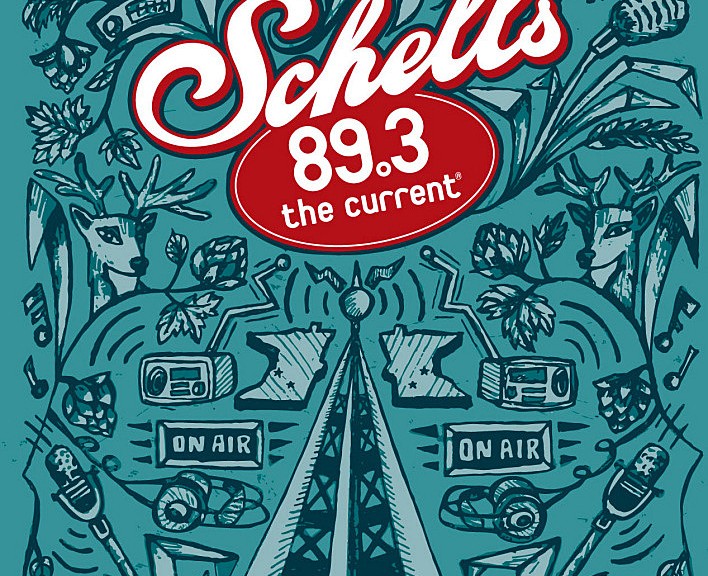
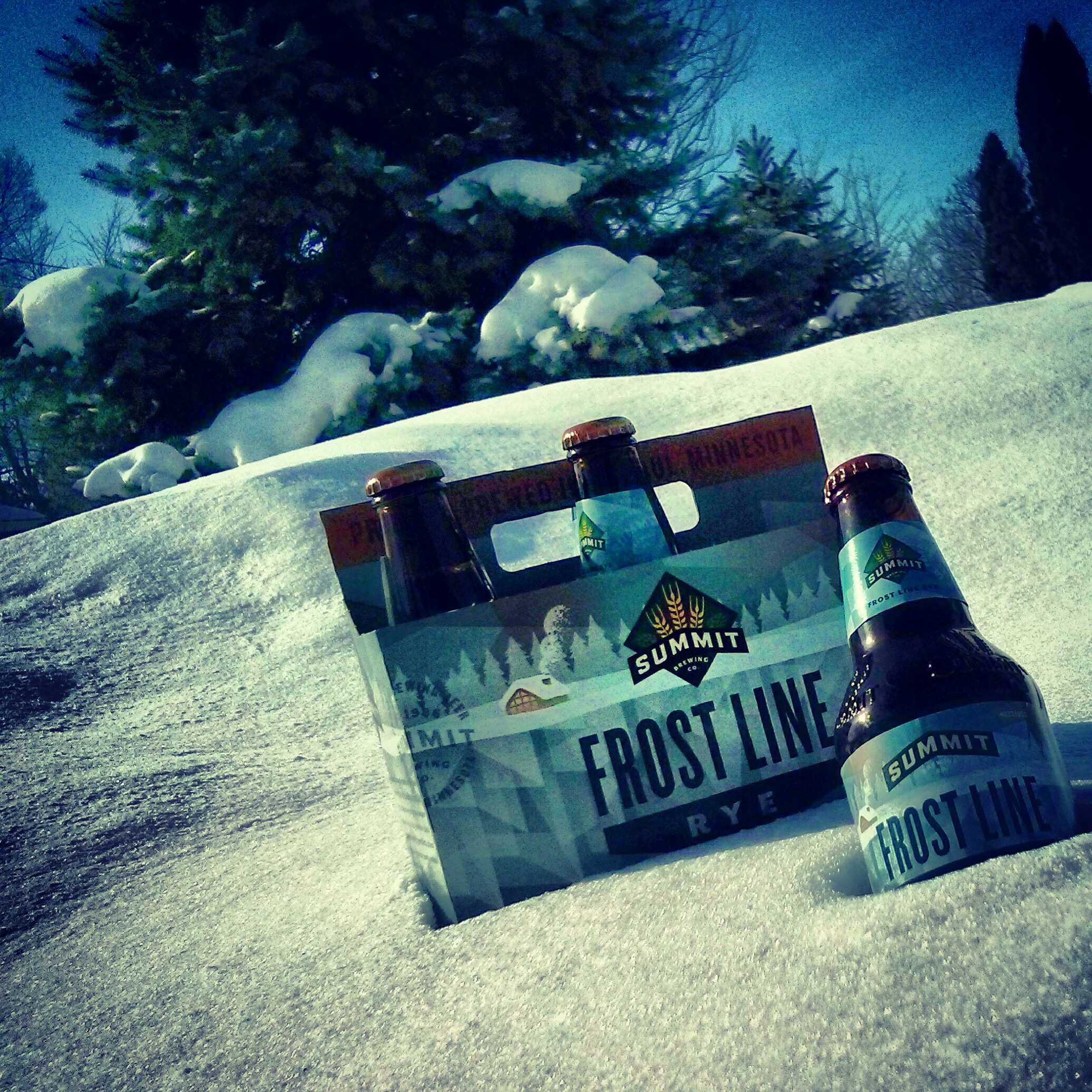 This is Summit’s fifth seasonal beer, and it will be released between Winter Ale and Maibock, offering a refreshing flavor to break winter’s icy grip and hasten the spring thaw. The suggested food pairings are equally rejuvenating: jerk chicken and pork, south Indian curry, pepper jack cheese and Irish Salmon.
This is Summit’s fifth seasonal beer, and it will be released between Winter Ale and Maibock, offering a refreshing flavor to break winter’s icy grip and hasten the spring thaw. The suggested food pairings are equally rejuvenating: jerk chicken and pork, south Indian curry, pepper jack cheese and Irish Salmon.
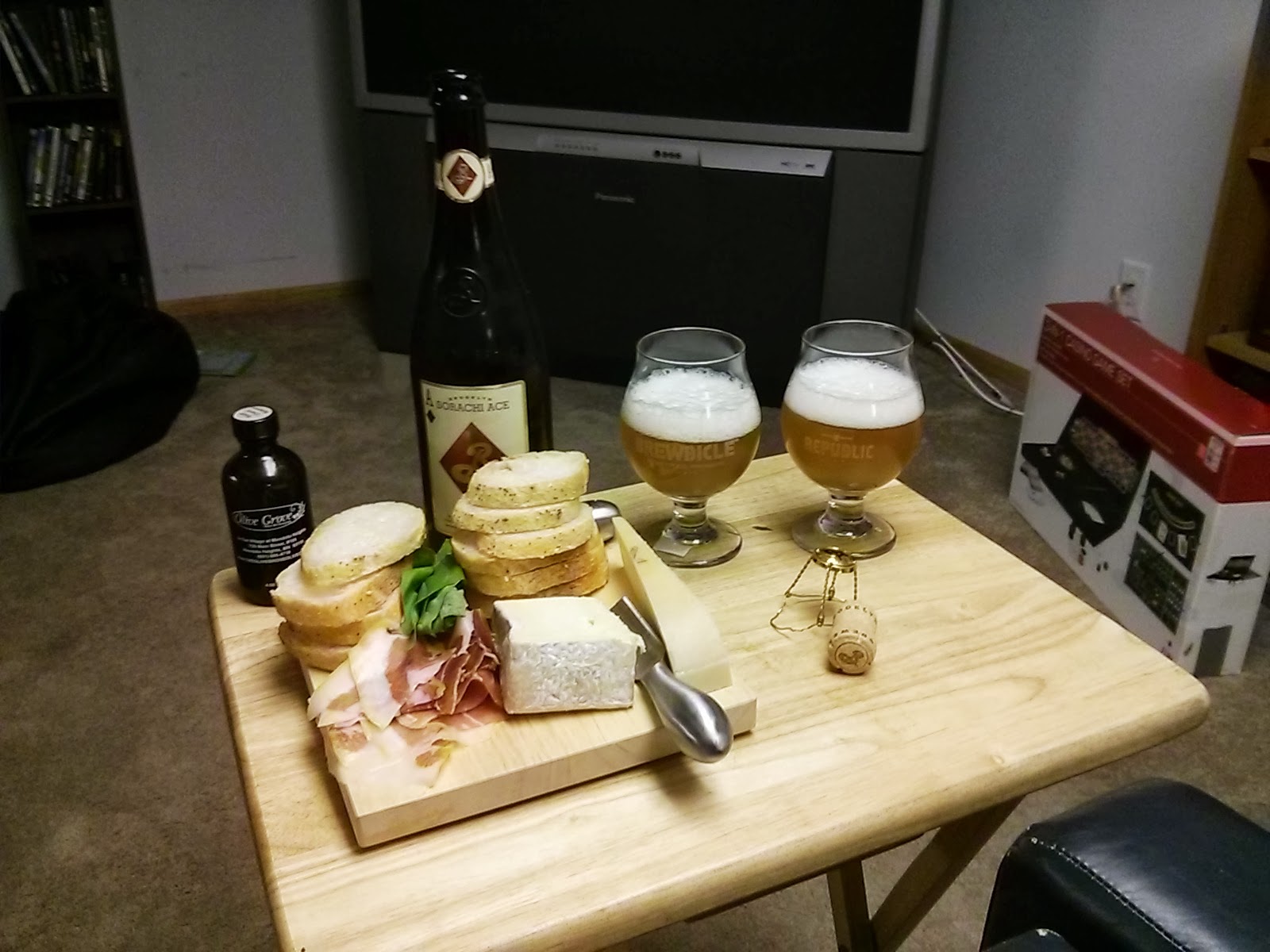
 Can range from cheese and crackers, to meatballs, to egg rolls. This pairing, having such a wide degree of accompanying foods, we think would be best to pair according to flexibility and neutrality. We wanted to suggest some things that are, easy drinking, and have a well-rounded character that would go with any and all of the apps out on your table. Plus you’ve got a whole day of eating and drinking ahead of you at this point. Think marathon.
Can range from cheese and crackers, to meatballs, to egg rolls. This pairing, having such a wide degree of accompanying foods, we think would be best to pair according to flexibility and neutrality. We wanted to suggest some things that are, easy drinking, and have a well-rounded character that would go with any and all of the apps out on your table. Plus you’ve got a whole day of eating and drinking ahead of you at this point. Think marathon. Assuming a salad of some variety, perhaps some mixed greens with some candied nuts and strong cheese such as a bleu or goat. Maybe arugula topped with prosciutto and parmesan. Perhaps something with fruit, strawberries or raspberries and a vinaigrette. All sound lovely and offer different pairing opportunities to kick things off while sitting around the table.
Assuming a salad of some variety, perhaps some mixed greens with some candied nuts and strong cheese such as a bleu or goat. Maybe arugula topped with prosciutto and parmesan. Perhaps something with fruit, strawberries or raspberries and a vinaigrette. All sound lovely and offer different pairing opportunities to kick things off while sitting around the table.
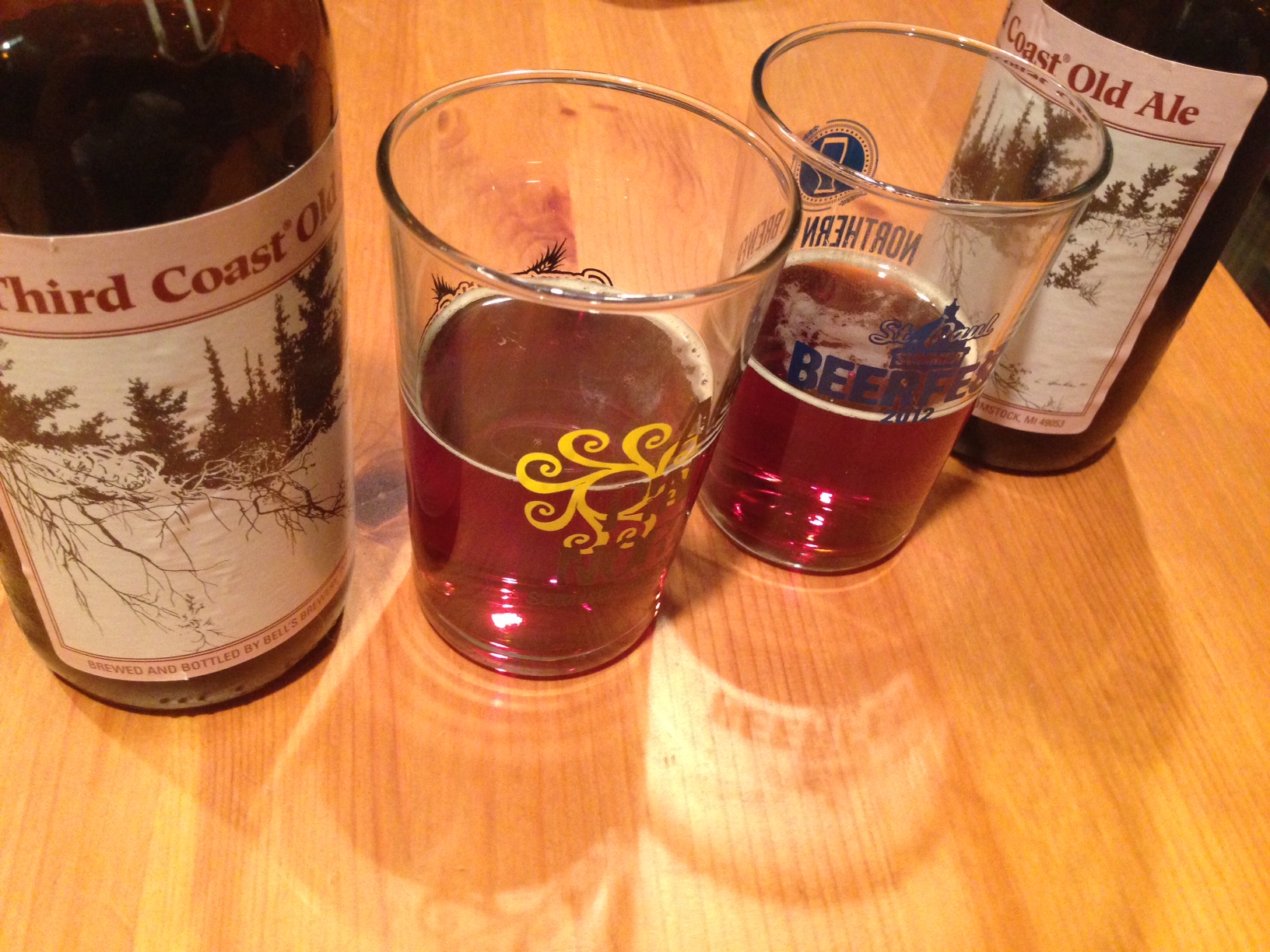

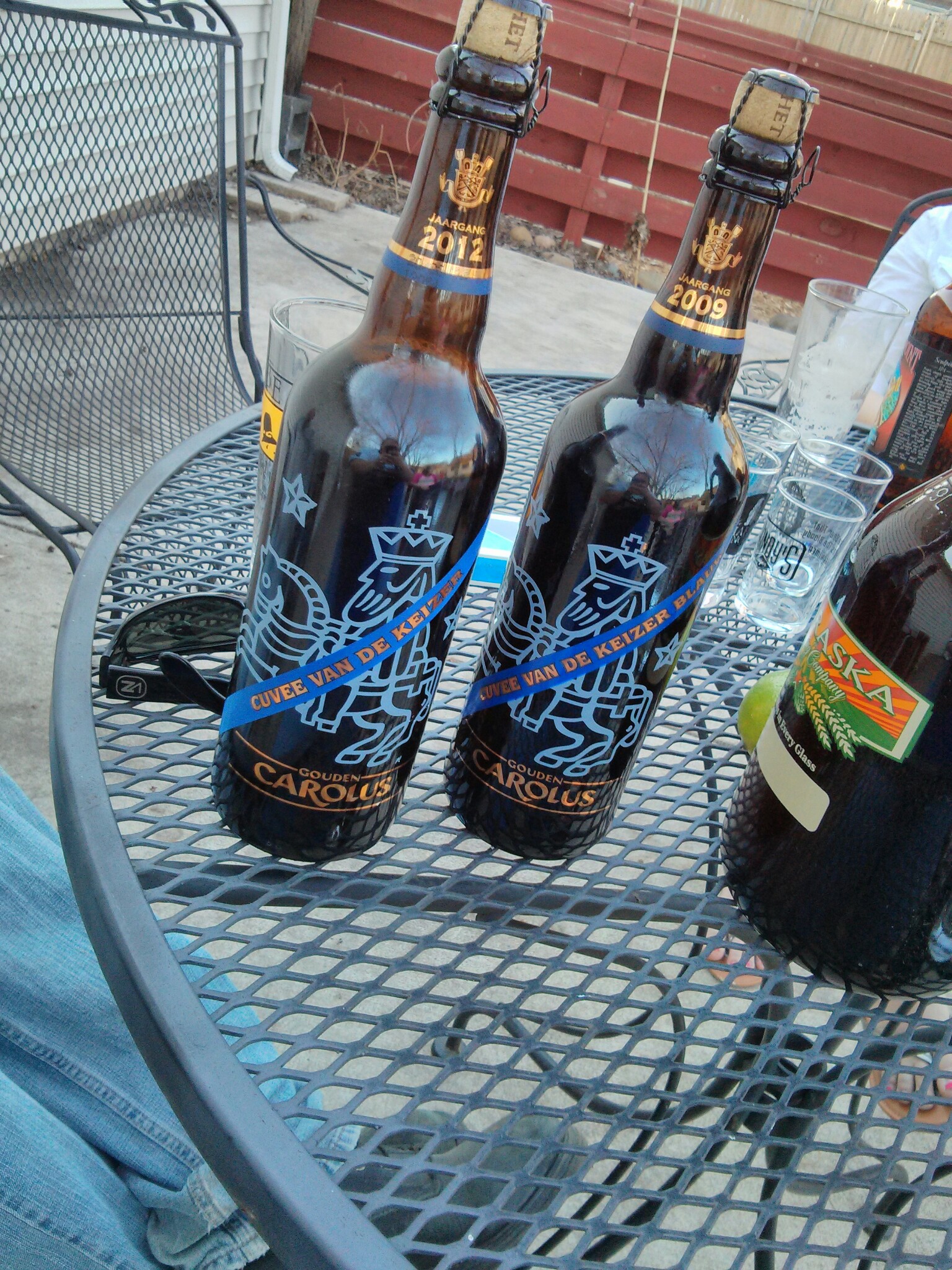 Appearance (’09): A friendly debate starts when putting these side-by-side about which one is redder. I will spare you the banter and say that they are virtually the same color, as a compromise was made by the tasters, in the interest of maintaining friendships. The head that formed was indistinguishable from the ’12 vintage; it was rather velvety, with a rich, espresso-like foam and was creamy in color, which was quickly fading.
Appearance (’09): A friendly debate starts when putting these side-by-side about which one is redder. I will spare you the banter and say that they are virtually the same color, as a compromise was made by the tasters, in the interest of maintaining friendships. The head that formed was indistinguishable from the ’12 vintage; it was rather velvety, with a rich, espresso-like foam and was creamy in color, which was quickly fading.